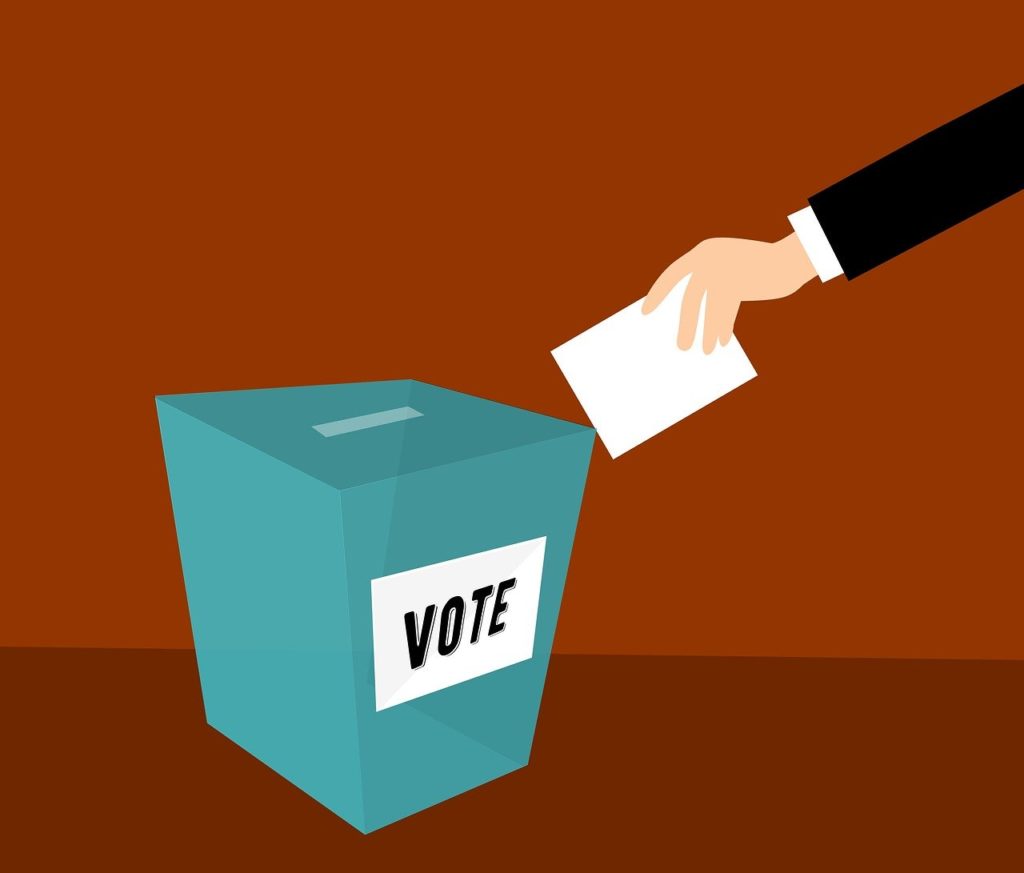Click here to open a printable PDF of the policy brief in a new tab.
The people of Alaska deserve election integrity, and ensuring the accuracy of voter rolls is essential toward that end. Incorrect voter rolls allow ineligible individuals to vote. Recently, the Public Interest Legal Foundation (PILF) found Alaska’s voter registration rate to be 113% in 2019.[1] In other words, for every seven or eight Alaskans eligible to vote, somebody ineligible is registered. Unfortunately, both federal and state legislation stand in the way of cleaner lists.
Regulatory Flaws
In 2015, Alaska initiated automatic voter registration for Permanent Fund Dividend (PFD) applicants,[2] who must deliberately take steps not to be placed on the rolls. Residents who have no desire to vote can be unknowingly registered. Worse, the structure of the steps to opt-out means simply remaining in is far easier, even if an individual has no intention of voting. After the Division of Elections (DOE) sends that individual an unsolicited opt-out application, he or she must respond to the notice within 30 days.[3] Anyone wishing to engage in voter fraud will not opt out of the chance to do so, and innocent parties not planning to vote may surely skip the hassle of mailing off another piece of government mail. This leaves an open ballot on the table in every election.
Alaska residents have a second chance to register to vote with the DMV, and it is also vulnerable to fraud. Despite the website’s claim that registrants using its Online Voter Registration System must have valid identification, an easy exception is available: a paper registration form.[4] Once again, a safety mechanism to prevent fraud is easily swept aside by people wanting to commit it.
Historically, voting procedures have been primarily a state and local issue, yet federal overreach has run rampant.[5] The National Voter Registration Act of 1993 (NVRA), also known as the “Mo-tor Voter Law,” requires states to offer voter registration at motor vehicle agencies.[6] Then, voters can only be removed from a state’s voter rolls by individual request, criminal conviction, mental incapacity, death, or change of residence. States may send out postcards after someone has failed to vote in two elections, alerting the individual to impending removal from the rolls. But once a name goes on the inactive voter list, federal law requires that it remain there for a full four years.[7] As records fall through government cracks, voter rolls become increasingly littered over time.
Possible Solutions
The automatic voter registration portion of the PFD application should be reversed. Simply requiring PFD applicants to request voter registration would ensure that people who want to register can do so and people who don’t are not registered accidentally.
Additionally, the DOE should be required to per-form and publish biennial audits of the state’s master registry and perform cross-checks with a variety of records and databases, including death records, criminal records, and the United States Postal Service forwarding database, among others. A 2022 poll found 56% of Alaskan voters sup-port audits on an annual basis.[8] Even more, 73% of voters, want consistent cross-checks of registration lists against public death records. Regular audits and cross-checks remove ineligible voters from the rolls in a more-timely manner.
Finally, Alaska must clarify election laws and the penalties for breaking them. Voters and law-enforcement officials need to know what constitutes fraud, including illegal actions around voter rolls. Moreover, law enforcement must have the tools to catch fraudsters, whose activities must be met with swift and foreseeable punishment.
Honest voters in Alaska deserve to have their votes properly counted. Ballots cast by those who are ineligible mean every other vote counts for less than it should.
*******
Endnotes
1. Public Interest Legal Foundation. “244 Counties Have More Registered Voters than Live Adults.” August 19, 2019. https://publicinterestlegal.org/press/244-counties-have-more-registered-voters-than-live-adults/ (accessed 10/10/22)
2. Alaska Division of Elections. “Permanent Fund Dividend Automatic Voter Registration.” https://www.elections.alaska.gov/Core/PFDAVRindex.php (accessed 10/10/22)
3. Ibid.
4. Alaska Division of Elections. Online Voter Registration (OLVR). https://voterregistration.alaska.gov/ (accessed 10/10/22)
5. Ballotpedia. “Who runs elections in the United States? (2020).” https://ballotpedia.org/Who_runs_elections_in_the_United_States%3F_(2020) (accessed 10/10/22)
6. U.S. Department of Justice. “The National Voter Registration Act of 1993 (NVRA).” https://www.justice.gov/crt/national-voter-registration-act-1993-nvra (accessed 10/10/22)
7. Kristin Sullivan. “Removal of Voters from the Voter Registration List.” OLR Research Report. https://www.cga.ct.gov/2016/rpt/2016-R-0079.htm (accessed 10/10/22)
